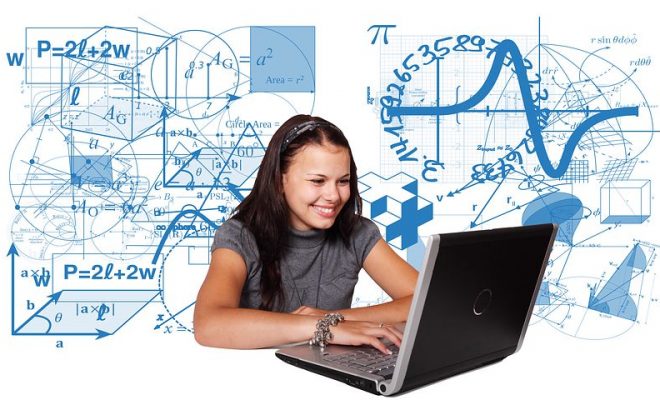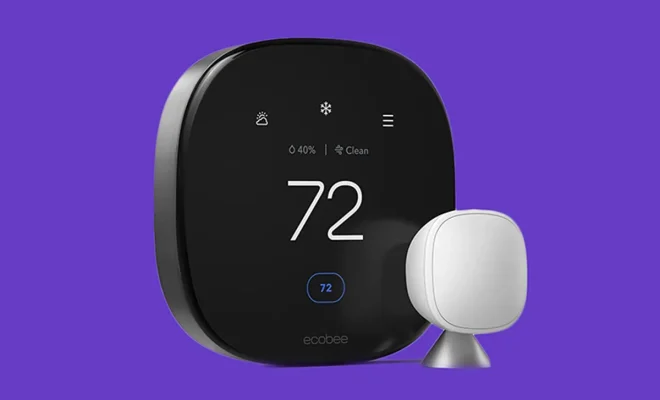Learning Takes to the Skies: How to Use Drones in the Classroom

Education is a unique and ever-changing field. While the goal of teaching remains the same as it always has–to instill students with the necessary knowledge and skills to be successful as adults and in the workforce–our methods have changed drastically within the last decade.
One of these changes involves the introduction of drone technology as an educational tool. These unoccupied aircraft have been used for quite some time in other industries, but the increase in their functionality and decrease in their size has now allowed them to be used in a small classroom setting. What follows are some easy ways to incorporate drone technology in any classroom.
Cross-curricular exploration
Most people learn best by viewing, so drones can help students gain a bird’s-eye view of geographical features, scientific concepts, and the environment.
Teaching logic and reasoning
Drones allow students to experience visual perspectives that they might not otherwise have access to. Drones can photograph places that students might never get the chance to visit. If students are given aerial photos of the tops of buildings, for example, they might be able to practice reasoning and logic to determine the drone’s location and figure out exactly what is being pictured.
Inspiring debate
Drones have already begun to spur debate outside of the classroom. Where should drones be flown, and where should they be banned? Do drone operators have rights exclusive of aircraft operators? What privacy issues are involved? These questions can be discussed in the classroom as well.
Mathematics instruction
You can even use drones to help teach higher-thinking concepts such as mathematics. Math, which tends to be difficult for students who struggle with abstract learning, can be made easier by applying a realistic scenario with drones. By incorporating studies in aviation and astronomy, or even coding, students can learn how to incorporate difficult calculations in real-world settings.
Technical education
Technical classes may be able to utilize drones as part of the regular curriculum. Students can learn the electrical engineering principles behind drone functionality, including programming, construction, and circuitry. Some classrooms may even be able to implement miniature repair shops to train students in the fine details of operating a drone
Development of fine motor skills
For students in elementary classrooms, drones may have a positive effect on their developing motor skills and hand-eye coordination. Flying a done requires skills in direction, balance, and other fine motor skills. Students need to use visual cues and spatial orientation, and drones that are designed for children in a classroom setting can help develop these crucial abilities. The applications do not, by any means, end there. Drones can be and are being, used in a variety of settings in classrooms around the country. They provide a useful advantage to educators looking to implement interesting and interactive educational technology in any classroom, whether that’s language arts, mathematics, social studies, physical education, or science.






